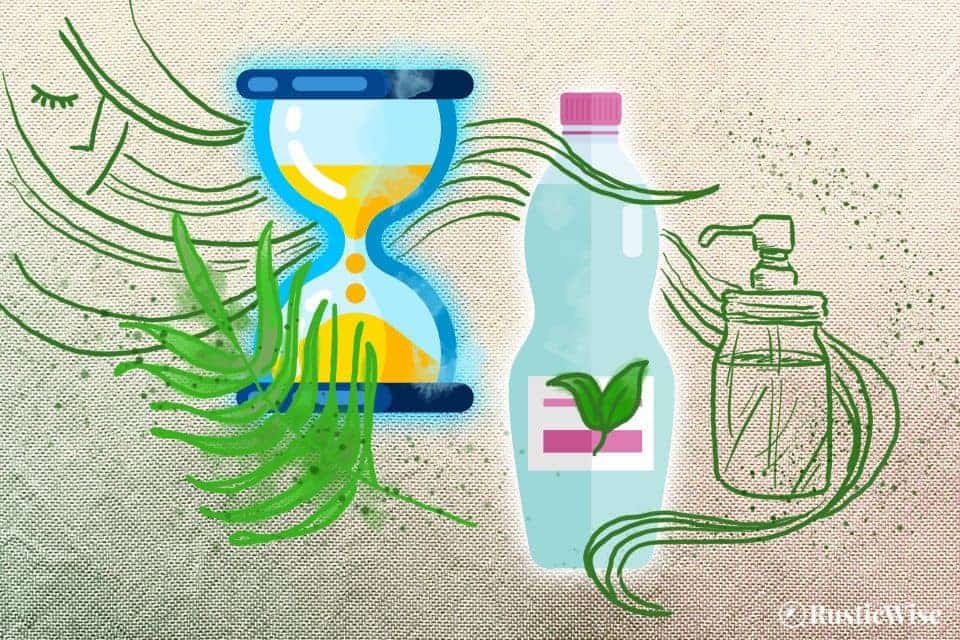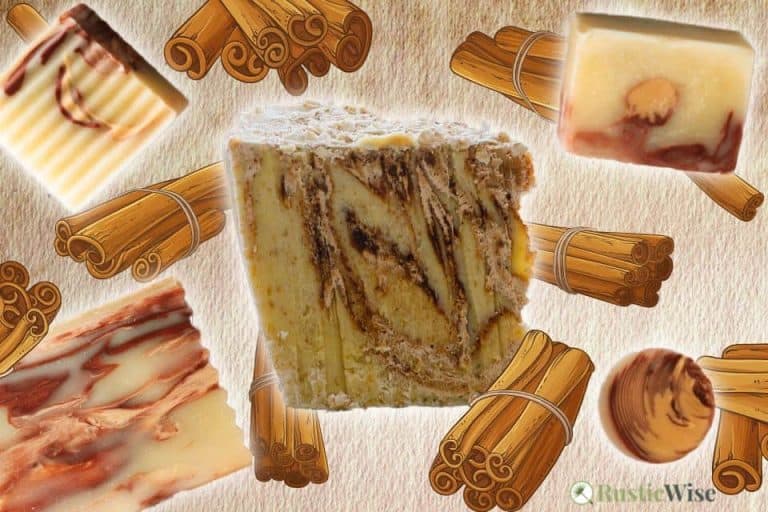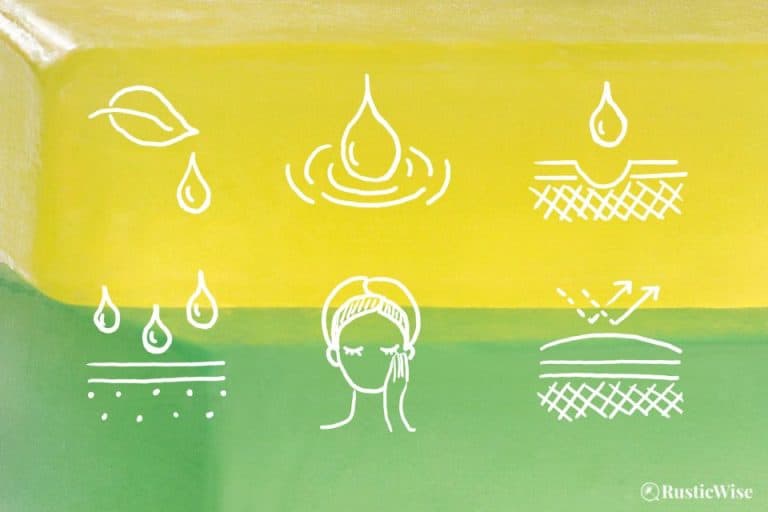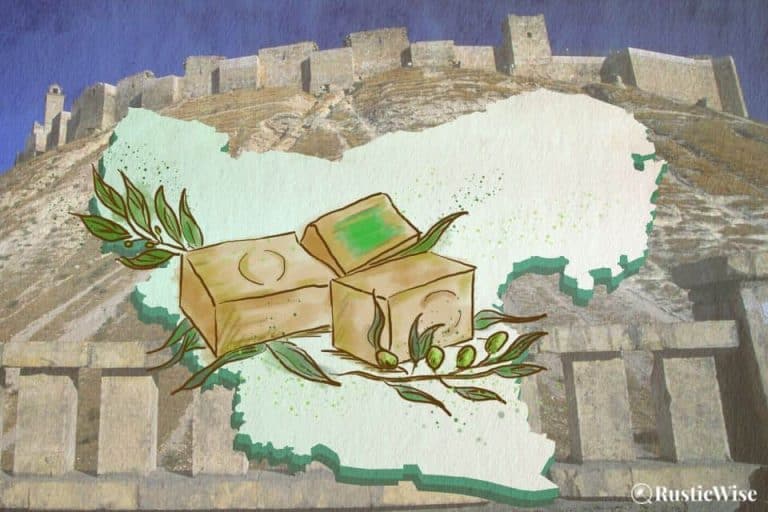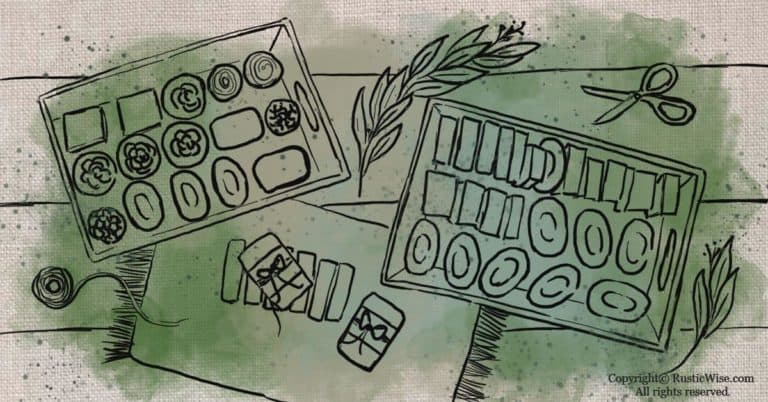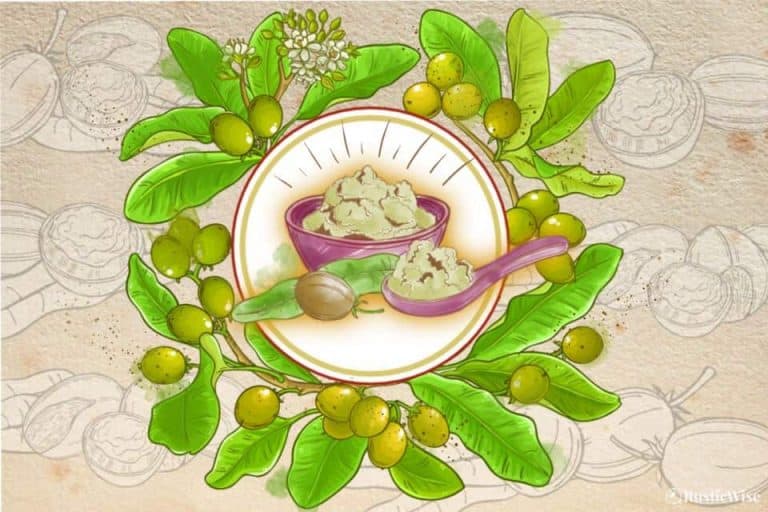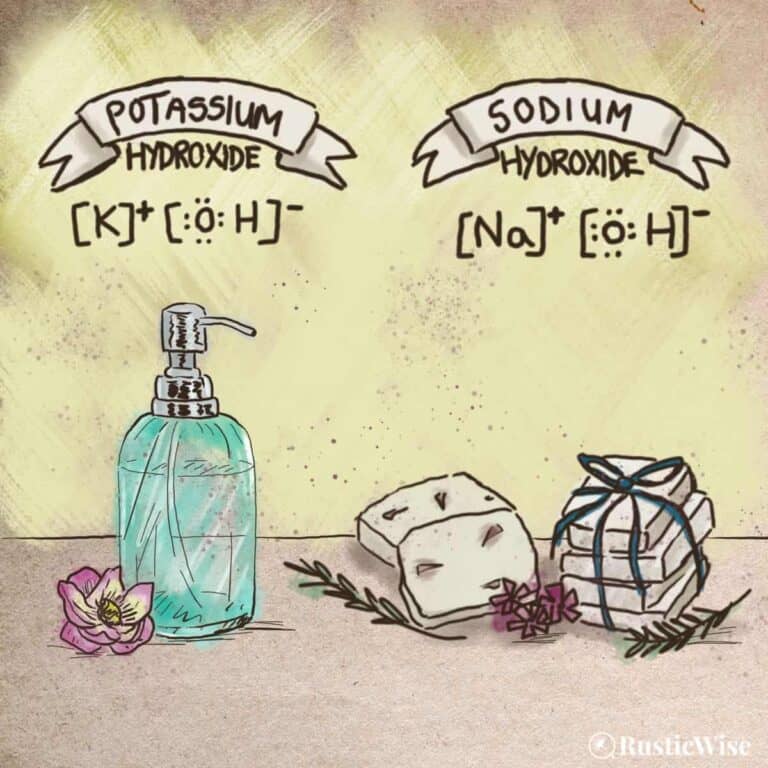Does Vegetable Glycerin Go Bad? Here’s How To Extend Its Shelf Life
If you have an old bottle of vegetable glycerin on your shelf, you’re likely wondering, does vegetable glycerin go bad? The short answer is yes, vegetable glycerin does degrade over time. Most manufacturers suggest using VG within 1–2 years of the manufacture date. Proper storage also plays a large role in the shelf life of glycerin.
Vegetable glycerin is handy to keep around the house for a variety of purposes. It’s used as a sweetener in food and beverages, as a moisturizer in DIY body care products, herbal extracts, soaps, and in cough syrups.
Let’s look at best storage practices to extend the shelf life of your bottle of glycerin and ways you can use it at home.
What exactly is vegetable glycerin?
Glycerin, sometimes spelled glycerine, is also known as glycerol. It’s a type of sugar alcohol derived from vegetable oils. Most forms of VG come from oils rich in triglycerides such as palm oil, coconut oil, or soybean oil.
This colorless, and virtually odorless compound has a mildly sweet taste. It’s a highly viscous substance that is non-toxic.
The chemical formula for glycerin is: C₃H₈O₃. It contains three carbon atoms, eight hydrogen atoms, and three oxygen atoms.
You’ll find vegetable glycerin used in many common household items, including food products (cakes, marshmallows, and sweet beverages); skincare products (liquid soap, moisturizers, and cosmetics); personal care products (toothpaste and shampoos); and pharmaceuticals (cough syrups and pills).¹
Vegetable glycerin is just one form of glycerol. There is also animal-fat based glycerin made from lard or tallow. There’s also a synthetic form derived from corn syrup or cane sugar. Propylene glycol is another synthetic type made from a petroleum derivative.
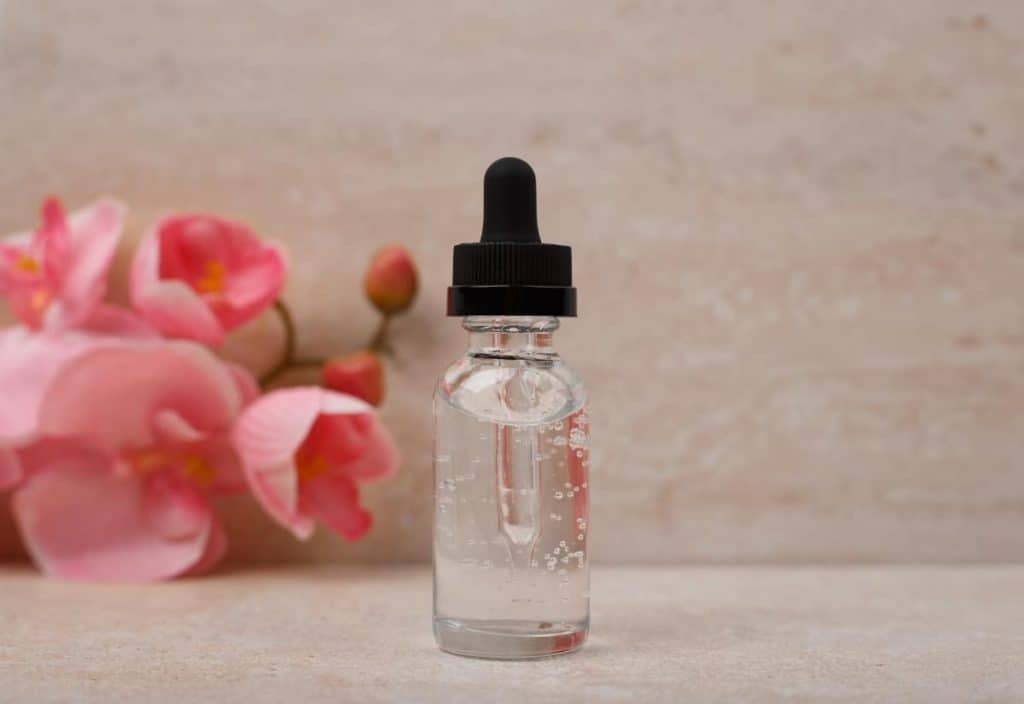
Credit: 123RF.com
Does vegetable glycerin go bad, really?
Most manufacturers recommend using your unopened bottle of VG within 1–2 years of the manufacture date. An opened bottle may last between 12–18 months.
Unlike vegetable oils which oxidize more quickly, pure vegetable glycerin has a fairly long and stable shelf life and is not prone to oxidation. VG is both microbiological and chemically stable if stored properly.
But like other members of the sugar alcohol family (polyol), glycerol degrades over time because of its hygroscopic nature (which we’ll look at in the next section).
With proper storage, you could extend the shelf life of your VG.
The properties of glycerol or glycerin
Glycerol has hygroscopic properties, which means it absorbs water from the air.² An older opened bottle of vegetable glycerin will contain more water.
Because of its hygroscopic nature, an opened bottle of VG will deteriorate more quickly than an unopened bottle.
Glycerol is a humectant which draws and retains moisture from the air. These skin and hair nourishing properties are one of the main benefits of glycerin. This is why it’s the third most commonly used ingredient in cosmetics, according to the U.S. Food and Drug Administration (FDA) Voluntary Cosmetic Registration Program.¹
A glycerin moisturizer is great for nourishing dry skin from the inside out. It also forms a protective barrier against skin irritants.

Credit: Yay Images
How to properly store vegetable glycerin
Vegetable glycerin shelf life largely depends on how you store it. Following proper storage guidelines is vital if you want to avoid wastage. By following these storage best practices, you might just be able to keep that bottle of VG intact far past its Best-by date.
Do you need to refrigerate vegetable glycerin?
No, you don’t need to refrigerate vegetable glycerin. Storing it at room temperatures should be fine.
How can you tell vegetable glycerin has gone bad?
Like most shelf stable items, the main things to check for signs of spoilage are its appearance and any unusual odors.
Glycerol is normally clear and virtually odorless with a syrup-like consistency.
Signs that VG has gone bad include a change in color. Older VG may turn light yellow.
An older bottle of glycerol may also develop a stronger odor.
Can you use old glycerin?
While you can find a Best-by date, or a Use-by date stamped on your glycerin container, this is a general timeframe of the product’s optimal “freshness” provided by manufacturers.
If your VG has an “off” smell, or has a visibly altered appearance from what it should normally look like, it’s best to dispose of it.
However, if you have an unopened bottle of VG, you might be able to use it. Just use your best judgment!
Be aware that as glycerin possesses strong hygroscopic properties, it will contain more water. This increase in water activity may make it susceptible to bacterial growth.
Expired VG should not be ingested or used for food products. Using expired VG may also shorten the shelf life of any homemade products such as herbal extractions, liquid soaps, or lotions. It may cause skin irritation or infections in worst case scenarios.
Ways to use old glycerin
So, what can you do with old glycerin? Plenty.
- Add a few drops to the ends of dry hair for a boost of moisture. This works great for split ends.
- Add a few tablespoons of glycerin to your hair conditioner or shampoo for added moisturizing properties.
- Add some VG to DIY liquid soaps or body washes.
- Make your own DIY lip balm.
- Make your own herbal extract. VG-based extracts are known as glycerites. These have a shorter average shelf life than traditional alcohol-based herbal extracts but work great for those with alcohol sensitivities.
Related questions
What are glycerin extracts?
Glycerin extracts are also called glycerites. These herbal extracts or tinctures are an alternative to traditional alcohol-based extracts. Typically, the ratio for safe and shelf-stable extracts is 60 percent VG to 40 percent distilled water. You can also bump it up to 75 percent VG to 25 percent distilled water. The VG acts as a solvent and has preservative properties.
Herbal extracts are used to infuse the properties of various herbs and botanicals to skin for therapeutic or healing purposes.
How long do glycerin solutions last for?
If you have any type of diluted glycerin product that contains water, it will have a shorter shelf life than pure undiluted glycerin. The water shortens the shelf life of the product by introducing bacteria. Distilled water is preferred, as it doesn’t contain the impurities found in tap water.
👉 Read up on the differences between vegetable glycerin and vegetable oil.
👉 Find more Natural Wellness topics on nourishing your body and soul with natural food, herbs, and plants. 🌿
New to making soap? 🧼❓
👉We have a fantastic overview on the whole soapmaking process here: read our Timeless Guide To Soapmaking.
If you would like to see our soapmaking posts organized by topic type, see our Soapmaking Collection.
Would you like more timeless tips via email?
Fun tips to help you live an independent, self-sustaining lifestyle. Opt-out at any time.


References
- Chemistry Safety Facts, Glycerol, https://www.chemicalsafetyfacts.org/glycerol/. Accessed February 2022.
- PubChem, Glycerol, https://pubchem.ncbi.nlm.nih.gov/compound/Glycerol. Accessed February 2022.
- Evolution Chemicals, Glycerin Products: Storage and Shelf Life Guidelines, https://ingredi.com/content/pdfs/Glycerin_USP-NF_Shelf_Life.pdf. Accessed February 2022.

Author: Josh Tesolin
Josh is co-founder of RusticWise. When he’s not tinkering in the garden, or fixing something around the house, you can find him working on a vast array of random side projects.

